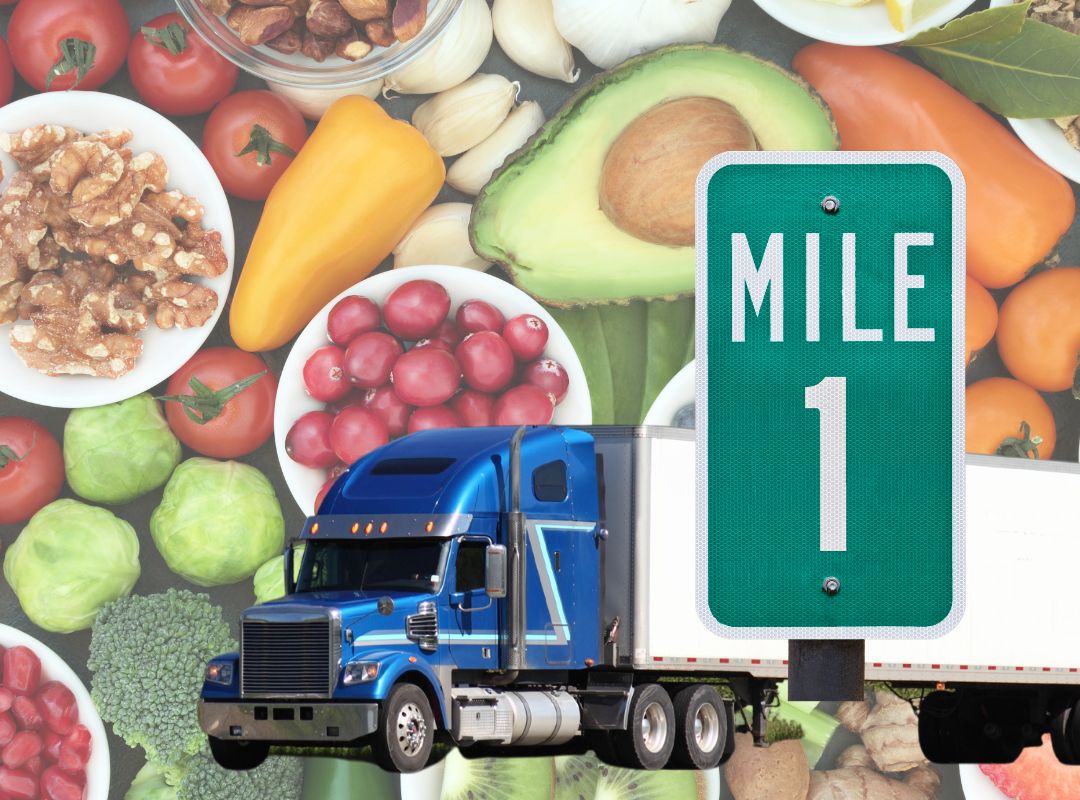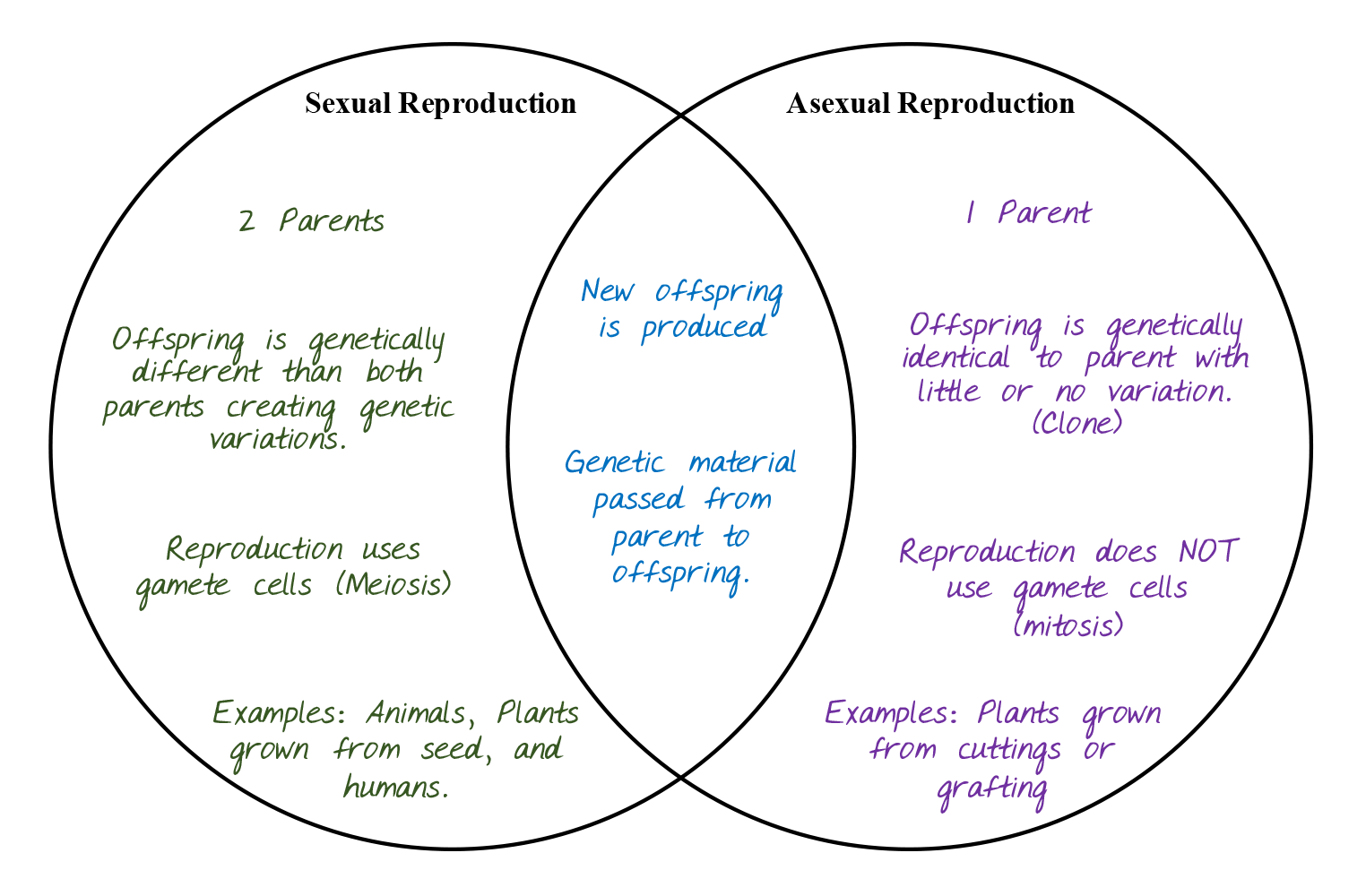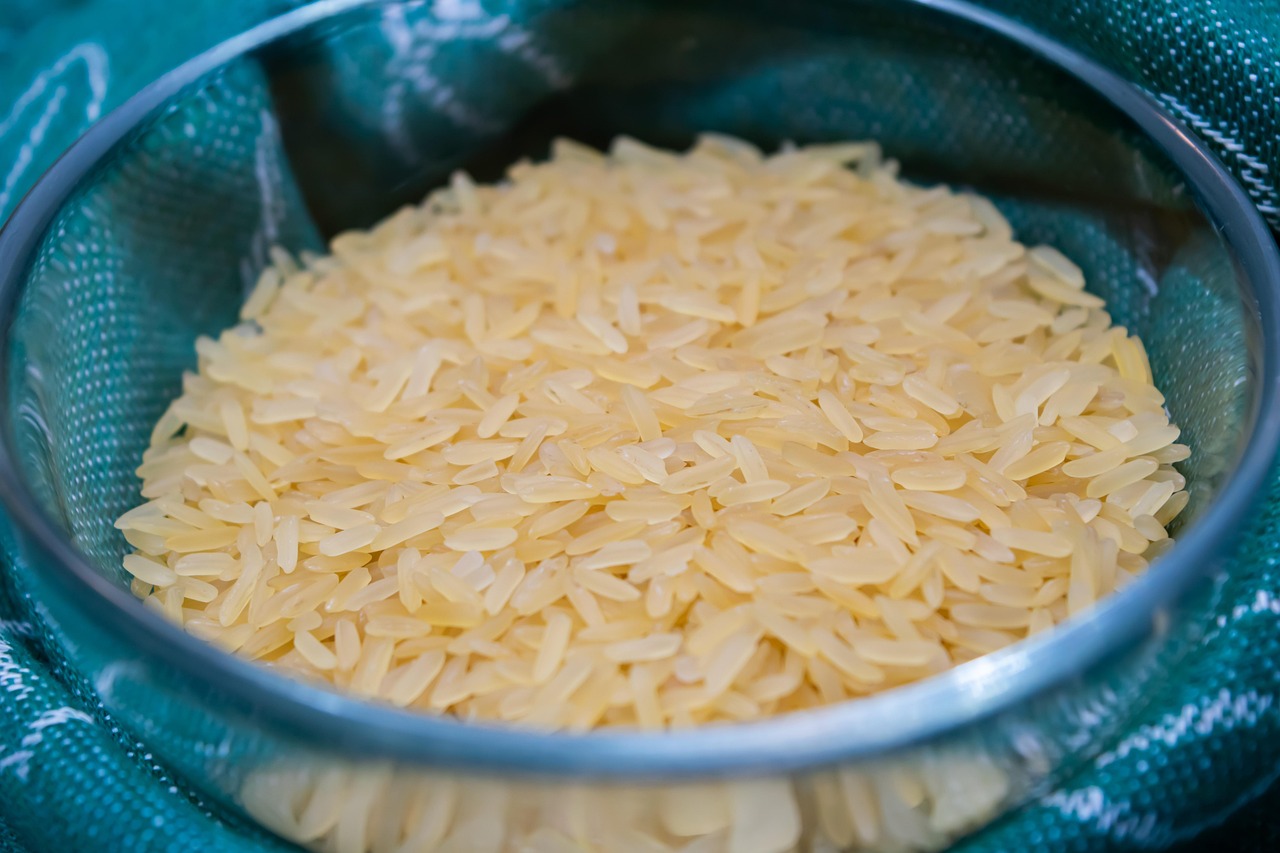
Food: Going the Distance
Students calculate the miles common food items travel from the farm to their plates and discuss the environmental, social, and economic pros and cons of eating local vs relying on a global marketplace for our food.

Students calculate the miles common food items travel from the farm to their plates and discuss the environmental, social, and economic pros and cons of eating local vs relying on a global marketplace for our food.

Using the context of apples, students will apply their knowledge of heredity and genetics to distinguish between sexual and asexual reproduction as they explain how new varieties of apples are developed and then propagated to meet consumer demand for a tasty, uniform, consistent product.
Students explore the concept of inherited traits and understand the significance of Gregor Mendel's discoveries related to heredity.
Students identify the parts of a wheat plant and wheat kernel and investigate the process of milling wheat kernels into flour.
This lesson introduces students to food safety, the 4 Cs of Food Safety, the Farm-to-Table Continuum, who’s responsible for keeping our food safe, and the link between food safety and other content areas. Students will also be challenged to hypothesize about where most bacteria are found and develop awareness that bacteria are everywhere and that various surfaces might have different levels of organisms.

This lab introduces students to the effect temperature has on reducing and controlling the growth of bacteria. Students will use conventionally pasteurized and ultra-high-temperature (UHT) milk to observe how different temperatures (hot, room temperature, cool, and freezing) affect the growth of spoilage bacteria. They will also learn about the importance of pasteurization in keeping food safe.
Students determine that topsoil is a limited resource with economic value and use an apple to represent how Earth’s land resources are used.
Students define nitrogen, phosphorus, and potassium as soil nutrients, explain that plants use soil nutrients as they grow, discover that fertilizer replaces depleted nutrients, and analyze information on seed packets to determine the needs different plants have for growth.

Students investigate the cultivation and identify the parts of rice by reading One Grain of Rice by Demi and removing the hull, bran, and germ from grains of rice.
Students choose foods from each of the five food groups to create a meal and calculate the cost of serving the meal to five people and to one person. Students are challenged to plan, prepare, evaluate, and eat a lunch meal that costs less than $1.50 per person.
Students create, read, and interpret graphs relating to the economic importance of the dairy industry and are challenged to understand the economic consequences of a day without dairy.
In this lesson, students learn the chemistry and composition of milk, identify the difference between a monosaccharide and disaccharide, and carry out a laboratory activity testing the effect of the enzyme lactase on various milks.